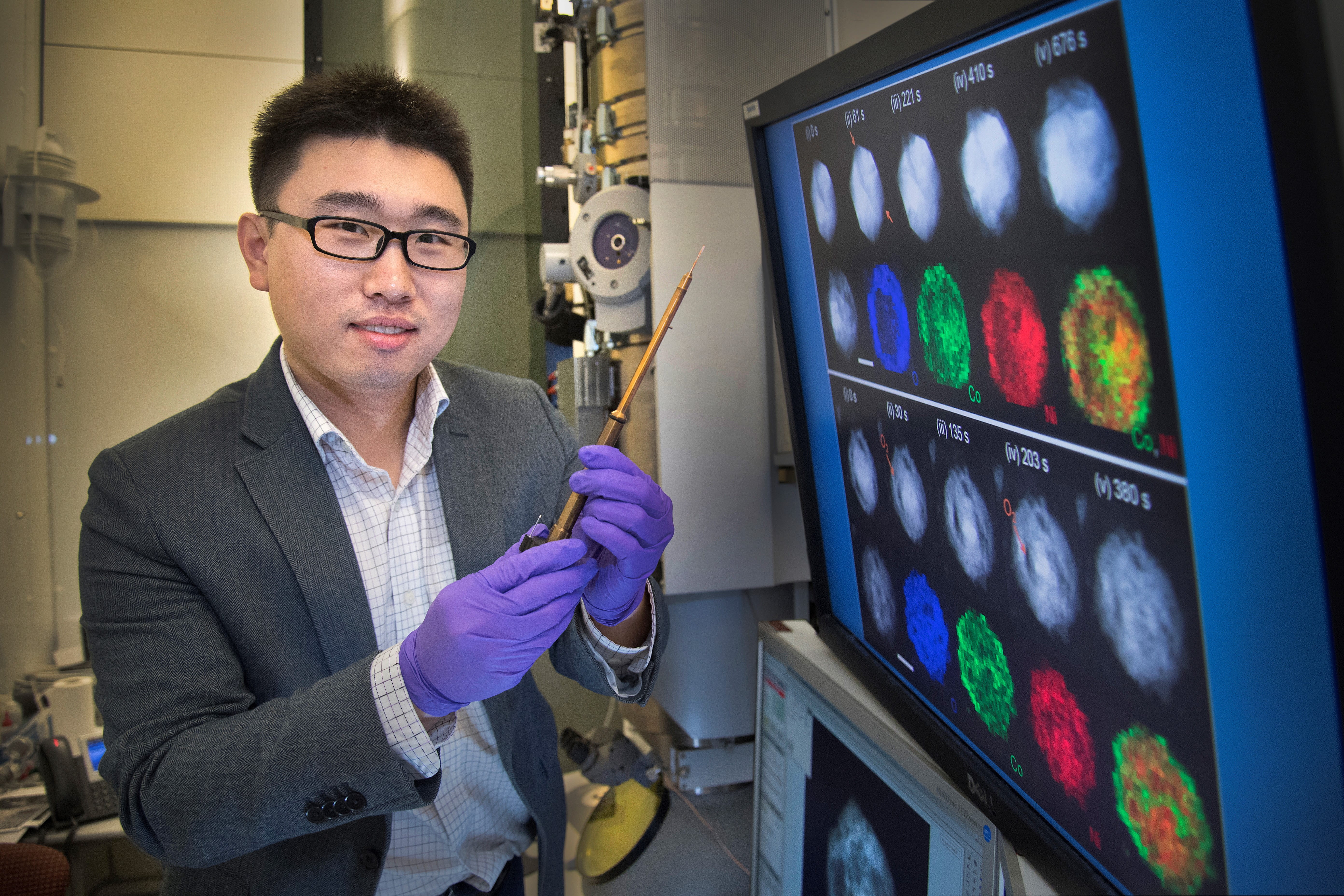Venus flytraps, venom and vision
Rachel Martin’s offbeat interests have led to a potentially eyesight-saving discovery

Rachel Martin is a thoughtful, reserved UC Irvine chemist who happens to love venom, carnivorous plants and telescopes. The last offers a clue to her latest research, which could lead to a breakthrough in treatments for epidemic blindness due to cataracts.
“I’ve been interested in optics since I was a graduate student,” she says, pulling a beautiful, hand-carved brass telescope from a box on a shelf above her desk. It’s engraved with a Leonardo da Vinci motto, “saper vedere,” which means “knowing how to see.” That was her mechanical instrumentation instructor’s motto, and she made the scope herself as a diversion from long nights earning her Ph.D. at Yale University.
Martin and her own students recently snared the December cover of the journal Structure with their trailblazing findings on how cataracts form at the molecular level. They discovered that so-called “chaperone” proteins grab onto mutant crystallin proteins in our eyes and hang on for dear life, stopping them from clumping together.
The problem is that human eyes have a finite number of these valuable chaperones. Once they’re used up, the mutant or damaged proteins begin to aggregate and cloud our vision. Now that her group has exposed the nuts and bolts of cataract creation and prevention, Martin is hopeful that organic chemists can latch onto the work and replicate the chaperone process via medicated eye solutions or artificial lenses.
“That’s the dream, and this is a big step,” says the associate professor of chemistry. “Understanding the molecular mechanism of what goes wrong in the eye that causes a cataract could lead to the development of better treatment options.”
Martin, 37, arrived at UC Irvine in 2005 to set up her own laboratory. Her husband, Carter Butts, is a UC Irvine sociology professor. A native of Phoenix, she loves California. “I like being near the ocean,” she says, “and I like the culture and the people.”
Studying cataracts was part of her job search proposal; despite her own fine eyesight, she’s keenly aware of global blindness. Nearly 20 million people worldwide have lost their sight due to cataracts. While individuals with proper medical care can have corrective surgery, the World Health Organization has found that millions in China, India, Southeast Asia, Eastern Mediterranean nations and elsewhere suffer major vision loss because they don’t have access to laser surgery or other options.
The medical potential is a powerful motivator, but Martin says it was pure chemistry – in this case a keen interest in how transparency works – that led her to investigate eye lenses. “Most things are not transparent; this is a really unusual property,” she notes.
But Martin became a chemist for different reasons. “I was absolutely fascinated by venom,” she says. “I grew up catching scorpions and centipedes and things like that.”
An “awesome” high school chemistry teacher set her on her career path, and she studies venom – as well as cataracts – to this day.
Martin is quick to praise two of her group members for working especially long hours and making major contributions to the latest findings: Carolyn Kingsley and William Brubaker. Her students also make their own precise research instruments – one of the reasons she wins praise from others.
“The remarkable thing about Professor Martin’s work is that she combines the most advanced techniques in molecular biology and instrument-based chemical physics in the same lab,” says Kenneth Janda, dean of the School of Physical Sciences and a fellow chemist. “She’s remarkably broad in her talent, and her students have a unique opportunity to work in two disciplines for the same project.”
Her group is continuing the research on cataract proteins. “The next phase is to understand more about the alpha crystallin – the chaperone protein that clings onto the damaged crystallin,” Martin says.
These days, in addition to poring over data, she breeds rare plants – particularly protein-hungry ones such as Venus flytraps. With their delicate white flowers, they may be prettier than scorpions, but they share the same appetite.


